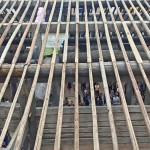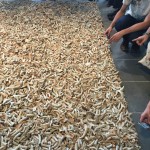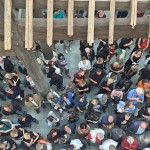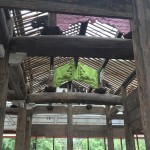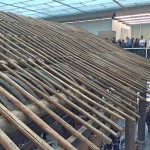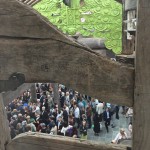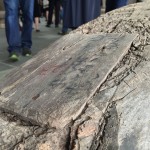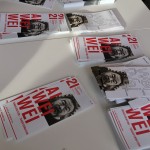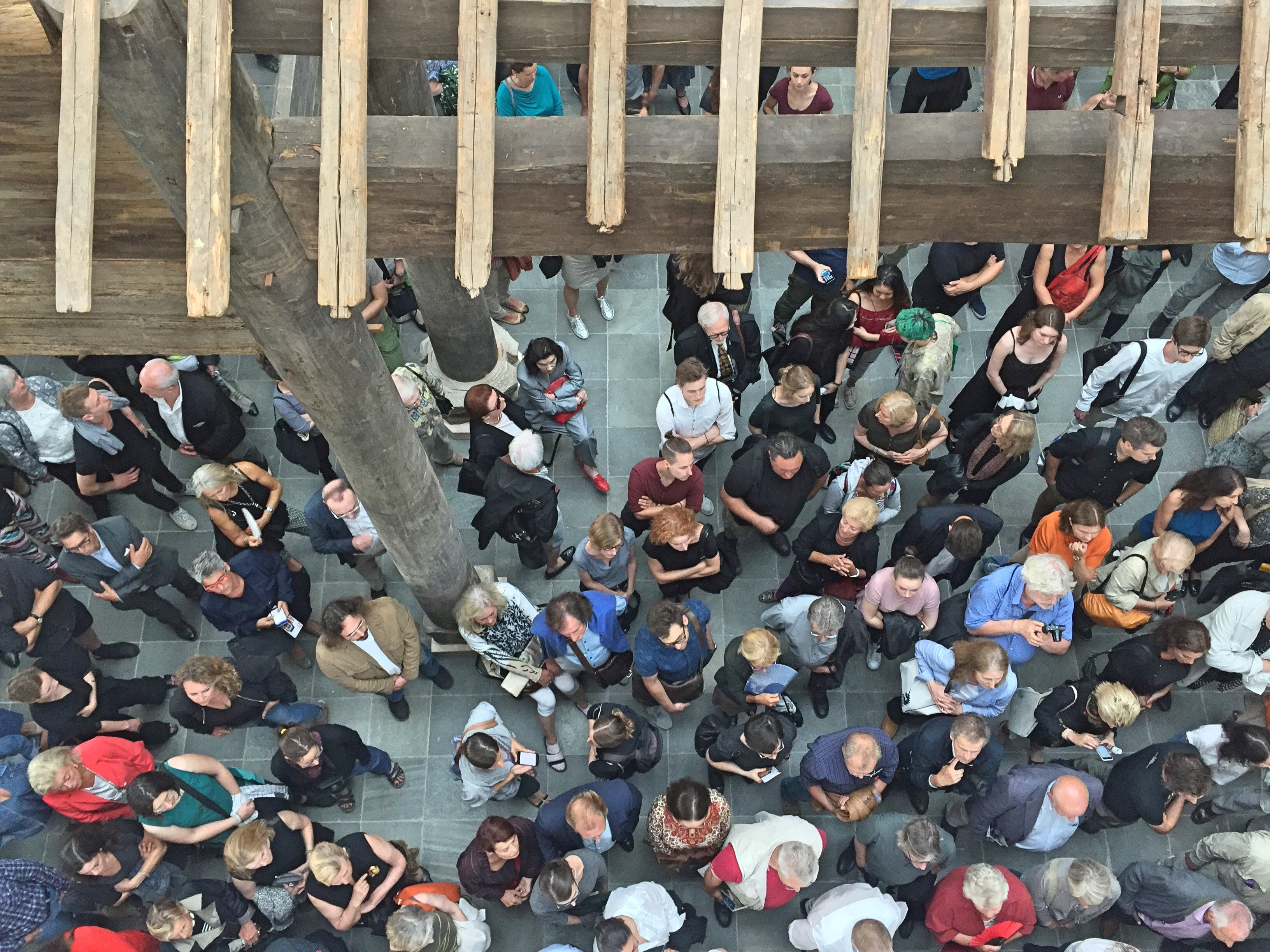
‘My activism is a part of me. If my art has anything to do with me, then my activism is part of my art.’
–Ai Weiwei, ‘Ai Weiwei’s Year of Living Dangerously’. Art in America, September 2009.
Conceptual artist, documentary filmmaker, social media guru, political activist … Ai Weiwei (born in 1957) is one of contemporary art’s most multifaceted personalities. His new exhibition draws on all of those personas. Thematizing the hard realities of Europe’s refugee crisis, ‘AI WEIWEI: translocation – transformation’, curated by Alfred Weidinger, is open at 21er Haus from 14 July 2016–20 November 2016.
‘Everything is art. Everything is politics.’
Ai Weiwei’s art takes issue both with the policies of his native China and Europe’s handling of the current refugee crisis. Expulsion, migration, and the transformative potential of forced relocation are recurring themes in the artist’s oeuvre, and his first large-scale solo exibition in Austria is no exception. The heart of the exhibition is an ancestral temple of a Ming-Dynasty-era (1368–1644) tea merchant’s family, the main hall of which Ai Weiwei has erected inside 21er Haus. The 14-metre-high temple, whose over 1,300 components had never before left China, assumes a new meaning in removal from its original context. Significantly, its new ‘home’ has a similar history. 21er Haus was originally located elsewhere, and was built for a very different purpose than the one it serves today. The recontextualising of the temple in this unlikely setting sparks a rich and compelling dialogue between these two spaces that history has contrived to bring together.
Why, Weiwei?
Why has Ai Weiwei chosen these two contrasting, but parallel histories as the focus of a major exhibition? Mao’s ‘Cultural Revolution’ (1966-1976) used brutal means to bring Chinese culture and values into line with Communist ideology. The regime’s policies eradicated family traditions and ordered the confiscation, and often destruction, of property. One of these policies’ many victims was Ai Weiwei’s father, the poet Ai Qing, who was banned from publishing and deported, along with his family, to what was essentially Chinese wilderness. These nearly 20 years of abasement and constant relocation set Ai Weiwei’s artistic course. Having lived and worked in the U.S. before returning to China and finally emigrating to Germany, he is now a permanent nomad both within and without, but because every relocation brings with it a process of readjustment and an inner migration in the form of a shift of identity.
Translocation=transformation
Hence Ai Weiwei’s fascination with the past of the 21er Haus, which narrowly escaped demolition after fulfilling its role as pavilion for the 1958 Brussels World Expo and was transported to Vienna to made a museum for contemporary art. The building’s back story gives it a kinship with the Wang ancestral hall. Chinese politics had pushed the latter to the brink of collapse when Ai Weiwei purchased it and decided to imbue it with new life as an exhibition centrepiece. What better way to counter the Cultural Revolution’s destructive effects than to reinvent this majestic, yet decrepit piece of history as an artwork housed inside another important cultural ‘temple’ with a migrant past?
There is more to the exhibition than the temple and nods to the politics of the tea culture associated with it. It extends into the Upper Belvedere, where Ai Weiwei’s installation titled ‘Circle of Animals/Zodiac Heads’ adorns the palace’s water gardens. The work consists of twelve bronze heads, each of which represents a corresponding zodiac symbol in the Chinese horoscope, and comments on British and French troops’ destruction of a fountain at the Yuaming Yuan summer palace in Beijing in 1860.
AI WEIWEI ‘translocation – transformation’ is big, the way Ai Weiwei is big, enormous even. Like him, it spans countries, cultures, architectures, histories, and genres. The whole, as they say, is greater than the sum of its parts. These parts are huge – huge enough, maybe, to crush a revolution.
AI WEIWEI ‘translocation – transformation‘ is open at 21er Haus from 14 July 2016–20 November 2016.

